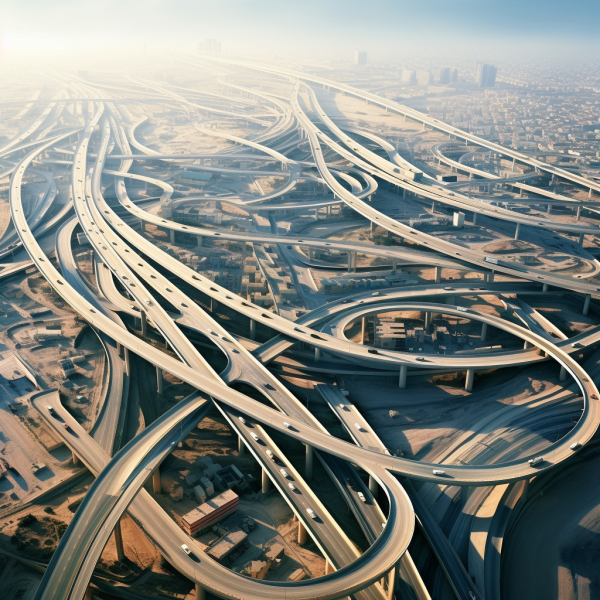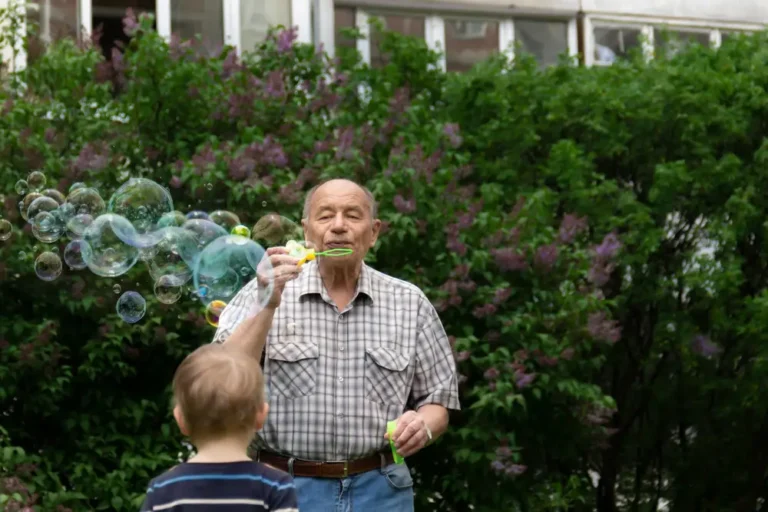6 ways COVID-19 dramatically changed the Bay Area commute

Here’s how the pandemic changed the way we all commuted.
Almost a million Bay Area workers have shifted to working from home. Many parts of the Bay Area saw commute times cut by 10 minutes or more. Our commuter trains are now less than half as crowded as they were previously. But beware: there are signs that traffic on our highways is returning, albeit at different times and days of the week when many of us do choose to drive to work.
Here are six major takeaways to help explain what’s gone wrong with the Bay Area commute.
Staying home to work is here to stay
The impact of our shift to remote work has been enormous. Between 2019 and 2021, the number of Bay Area residents who said they worked from home more than fivefold increased, reaching 1.1 million.
And, while updated data from the United States Census Bureau isn’t yet available, there’s no indication that the remote work revolution ended with the pandemic.
According to one of the institute’s research managers, Abby Raisz, the Bay Area Council Economic Institute, an economic policy think tank, the number of employers who require workers to be in the office 5 days a week or more has consistently hovered around 25% since 2021.
The five-county region’s 1.5 million solo drivers continue to account for the majority of Bay Area commuters, but their numbers fell by one-quarter following the pandemic. Public transportation suffered even more: the total share of workers who use public transportation fell by nearly three-quarters, from around 15% in 2019 to just 4% by 2021.
The following graph shows that they do not appear to be returning.
Hundreds of thousands quit BART
BART has become the face of the post-pandemic public transportation crisis. Weekday ridership in June was roughly 40% of what it was in the same month in 2019.
The massive COVID collapse in Bay Area transit riders has resulted in a state bailout plan backed by bridge toll hikes as federal pandemic relief money runs out and agencies such as BART threaten major service cuts that would further undermine a rider comeback.
Olivia Atkinson of Oakland is one of the commuters who has abandoned BART in favor of driving to work. Atkinson, who now works as a private courier in the Hayward area delivering optical products such as eyeglasses and California lottery tickets, decided to stop taking BART in part because the COVID-19 pandemic made her realize how filthy riding BART could be.
“I’m sorry, people are nasty… “People would sneeze on their hand and slap it against the rail,” Atkinson explained. “COVID definitely made me realize a lot of things.”
Commute times improved everywhere, for just about everyone.
Most Bay Area commuters saw a significant reduction in their time on the road between 2019 and 2021, the most recent year for which figures are available, with many saving 10 minutes or more each way from some of the country’s most inconvenient freeway journeys.
Commuters in the San Francisco-Oakland-Hayward metro area, however, had some of the nation’s longest commutes in 2021, averaging about 29 minutes each way, according to American Community Survey data. The San Jose-Sunnyvale-Santa Clara metro area performed slightly better, with an average travel time of 24 minutes.
BAY AREA COMMUTE TIMES DIP
Click on the magnifying glass to search for your address, then on the map to see how much the average commute time changed for you and your neighbors between 2019 and 2021. If your area is coded in red, it means that the average commute length increased from 2019 to 2021. If it’s blue, it’s gotten shorter. The greater the change, the more intense the color. To see the results, make sure to click the map.
Commute times decreased in almost every part of the Bay Area from 2019 to 2021, as illustrated by the map above.
However, experts warn that if commuters continue to abandon public transportation in large numbers, or if services are reduced, it could significantly worsen traffic in areas where rail alternatives are popular, such as the East Bay.
Remote work liberates some from commuting. But disadvantaged groups were left behind
Remote workers may not mind if morning commutes become longer because they can simply roll out of bed and call into Zoom meetings.
However, the pool of remote workers is disproportionately composed of the most advantaged groups of people, implying that the work-from-home phenomenon is exacerbating inequality and disadvantageing those who continue to commute.
In 2021, white workers worked from home at nearly 2.5 times the rate of Hispanic workers. Workers with a Master’s degree, on the other hand, worked from home at 4.5 times the rate of those with only a high school diploma. According to experts, these staggering disparities demonstrate how the rise of remote work has had little impact on sectors such as the service industry, where Hispanic workers and people without college degrees are overrepresented. “The Latino population is much younger than any other racial group,” Raisz pointed out. “They’re going off to get your typical service worker job… that would not allow you to be remote in any way,” says one young worker.
Among those who continue to commute, Black workers have the longest commute times in the Bay Area, averaging around 30 minutes each way.
Rush-hour backups are back — but on different days and at different times
Nobody knows the changes to our post-COVID commute better than KQED traffic reporter Joe McConnell, who has been covering the Bay Area’s rush hour for more than 30 years.
“At its peak, it’s still bad,” he admitted. “But it’s more focused on an intense couple of hours in the morning.”
He’s noticed that traffic jams on the Bay Bridge seem to clear up earlier after the morning rush, around 8 a.m., when it used to take until 9:30, and he rarely sees those backups reach the maze from the toll plaza anymore, which used to be common.
Indeed, the data show that more vehicles are crossing the Bay Bridge between 5 a.m. and 7 a.m. on weekdays — when hybrid workers typically go to work — than before the pandemic, but far fewer are crossing in the early morning. Overall, the number of bridge-crossers at other times of day remains lower than in 2019, with the exception of Friday afternoon, when more people drive into the city than in 2019, most likely for entertainment. Many of those drivers previously used BART.
McConnell, who studies traffic maps and data from his home broadcast studio every day, has his own strategy for adapting to the Bay Area commute’s seismic shift. “I try to avoid driving as much as possible.”






